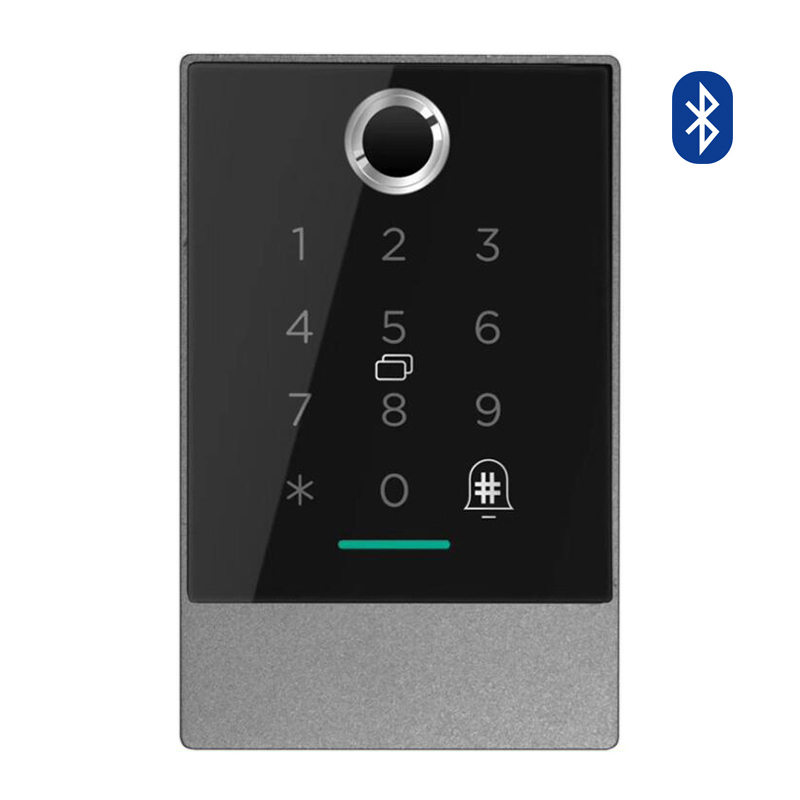Aspects of standalone access controllers
2024-01-17
A Standalone Access Controller is a device designed to manage and control access to a specific area or facility independently. Unlike networked access control systems that communicate with a central server, standalone controllers operate autonomously, making decisions based on their programmed rules and credentials. Here are some key features and aspects of standalone access controllers:
1. Independence:
- No Network Connection: Standalone access controllers do not require a constant connection to a central server or network. They operate independently and make access decisions locally.
2. Credentials:
- Card Readers/Keypads: Standalone controllers typically use card readers or keypads to accept user credentials. Users gain access by presenting a proximity card, key fob, PIN code, or a combination of these.
3. Programming and Configuration:
- Local Programming: Configuration and programming of standalone access controllers are done directly on the device itself. This can include setting up access schedules, adding or removing users, and adjusting security parameters.
4. Access Control Decisions:
- On-Board Decision Making: The controller makes access decisions based on the credentials presented and the rules programmed into its memory. There's no need for real-time communication with a central server during the decision-making process.
5. Applications:
- Single Door Access: Standalone access controllers are commonly used for controlling access to a single door or a small number of doors within a facility.
- Low to Medium-Security Environments: They are suitable for applications where a centralized system is not necessary, such as small businesses, storage rooms, server rooms, or residential buildings.
6. Power Source:
- Power Requirements: Standalone access controllers are typically powered by low-voltage DC power sources. They may also have backup battery options to ensure continued operation during power outages.
7. Audit Trail:
- Limited or No Logging: Depending on the specific model, standalone controllers may have limited or no capability to log detailed access events. More advanced standalone controllers may include basic audit trail features.
8. Integration:
- Limited Integration: Standalone controllers are not designed for extensive integration with other security or building management systems. They are best suited for standalone applications where integration is not a critical requirement.
9. Installation:
- Simplified Installation: Standalone access controllers are often easier to install compared to networked systems since they don't require complex wiring and network configurations.
10. Cost-Effective:
- Affordability: Standalone access controllers are generally more cost-effective than complex networked access control systems. They provide a practical solution for simpler access control needs.
Standalone access controllers offer a straightforward and cost-effective solution for basic access control requirements, especially in environments where a centralized control system is not necessary or practical. They are easy to install and configure, making them suitable for smaller-scale applications.



